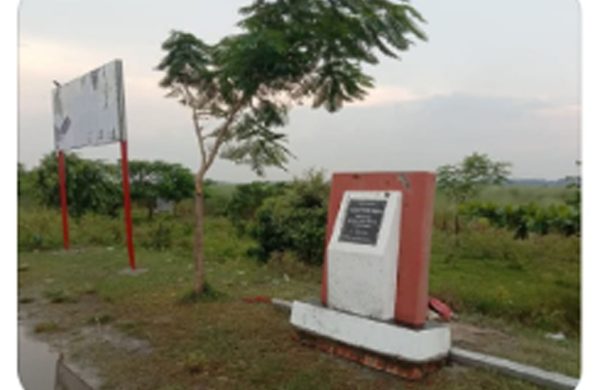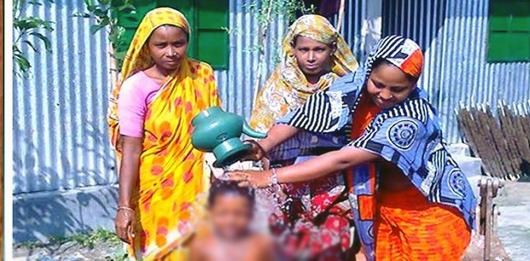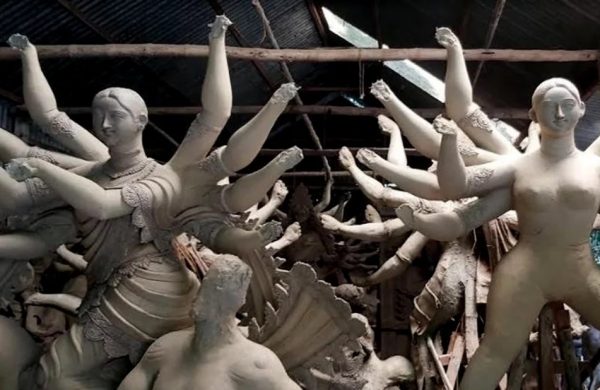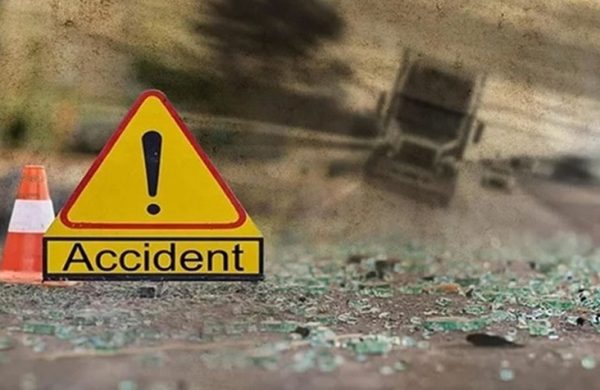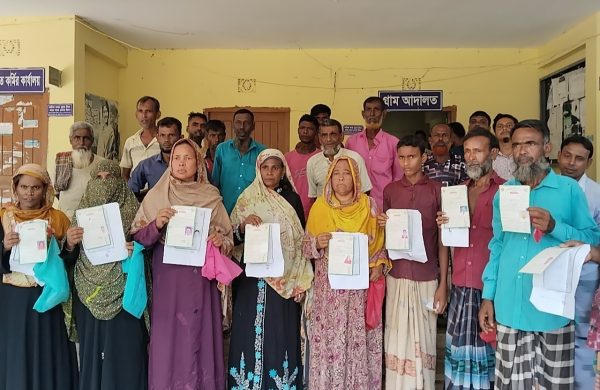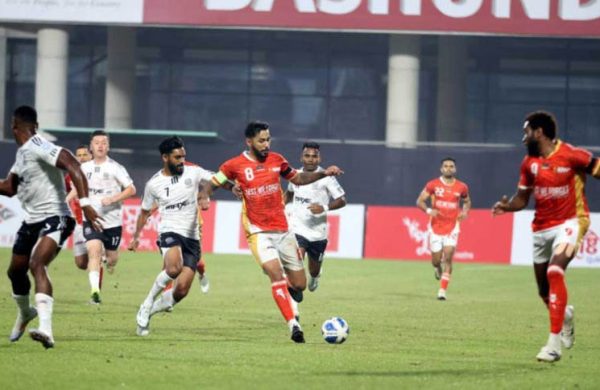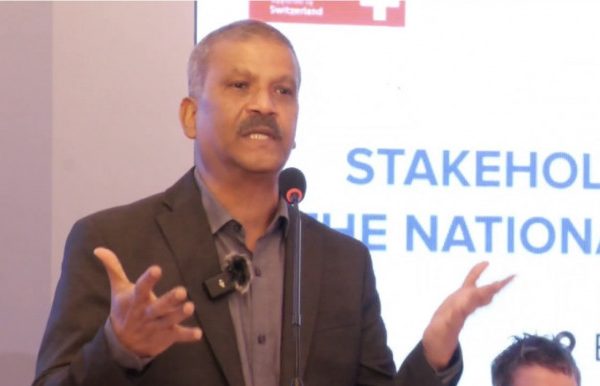Sunamganj’s age-old boat market struggles as monsoon fails to bring water
- Update Time : Tuesday, July 8, 2025

Sunamganj Correspondent:
In the Haor region of Sunamganj, an age-old proverb says, ‘Borsai nao, shuknai pao’, meaning boats in the rains, walk in the dry.
But this year, with river levels alarmingly low, the saying seems to have lost its relevance, taking a toll on the trade of wooden boats.
The traditional boat market at Akhtapara in Dargapasha union under Shantiganj upazila has seen an unexpected slump this monsoon.
Water levels across the haor remain unseasonably low, leaving traders and buyers in a state of uncertainty.
Held every Friday for nearly four decades, the Akhtapara boat market has long served as a vital hub for the sale of boats used in transport, fishing, agriculture, and daily life across the wetland belt.
Boats such as Bajra, Hilla, Patami, and Barki usually draw significant demand. But this year, canals, rivers and wetlands are drying up even in peak monsoon, reducing the need for boats.
During a recent visit, around 300 to 400 boats were on display, yet very few buyers were seen.
Traders, facing rising costs and falling demand, expressed concern about their livelihoods.
The price of raw materials, particularly wood, has increased by nearly 30 percent from previous years.
Constructing a standard long boat, once priced at Tk 9,000, now costs around Tk 15,000.
A Barki boat currently sells for Tk 20,000 to Tk 22,000, Patami boats range between Tk 13,000 and Tk 15,000, and Hilla boats cost between Tk 5,000 and Tk 7,000.
Even with the higher prices, traders said profits have fallen sharply due to slow sales.
“During peak seasons, we used to sell around 1,200 boats per week. Now, it’s down to just 400,” said a trader.
“Currently, we’re only managing to sell 50 to 60 boats per week. It’s a tough season,” he said.
Bashir Mia, another trader from Ajmiriganj, noted a similar drop in paddle sales.
“I used to sell 1,000 to 1,200 paddles per market day; now it’s barely 200 to 300. Six-foot paddles that used to sell for Tk 400 to 450 are now priced at Tk 600 to 650,” he said.
The market slowdown has had a ripple effect on hundreds of people—boat makers, timber suppliers, paddle sellers, transport workers, and leaseholders. Some have taken out loans from banks or NGOs to fund production but are now facing serious financial strain.
Jewell Mia, a boat trader from Ronshi village, said, “Due to low water levels, I made only 70 boats this season compared to 150 to 200 in previous years. So far, I’ve sold only 40 boats. With poor sales and outstanding bank loans, we are facing losses.”
Azman Ali of Barkapan village said, “Boats are essential for farming, fishing, and cutting grass. But without water, none of these activities are taking place, so we’re not buying boats. The prices are high too, which is making it worse.”
Market leaseholders Murad Chowdhury and Samsuddin Sunu shared their concerns. “We usually need five consecutive Fridays of good sales to turn a profit. This year, only one Friday saw moderate business; the rest have been disappointing. If water levels rise, sales will pick up again,” he said.
Shantiganj Upazila Nirbahi Officer (UNO) Sukanta Saha said the Akhtapara boat market is part of the region’s heritage.
Authorities are working on improving facilities at the site with solar lighting and CCTV coverage.
He added that more rains are expected soon, which could help improve the water levels and bring relief to traders.


